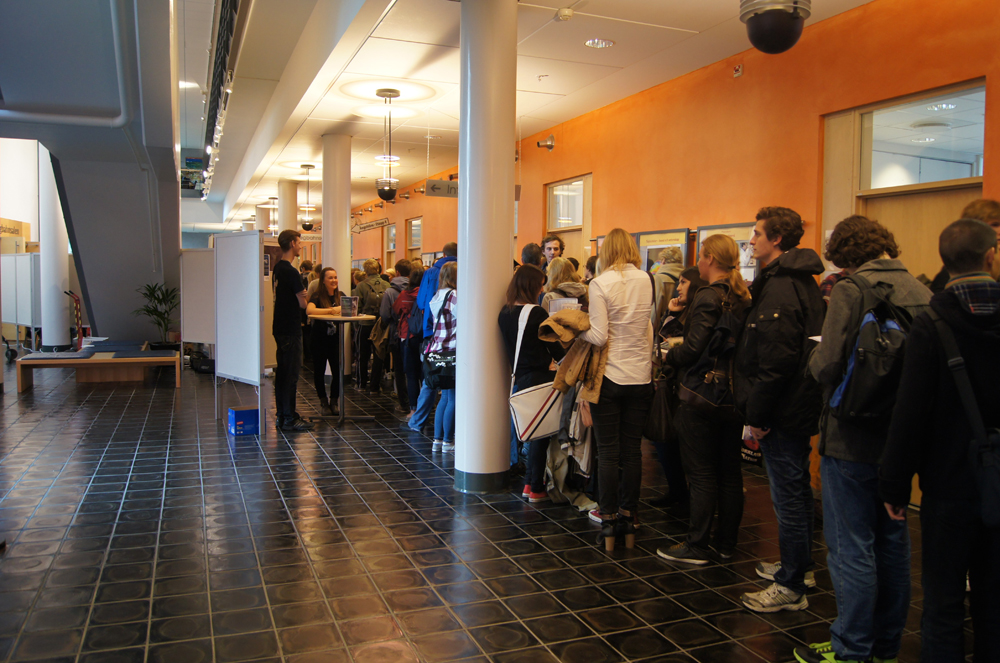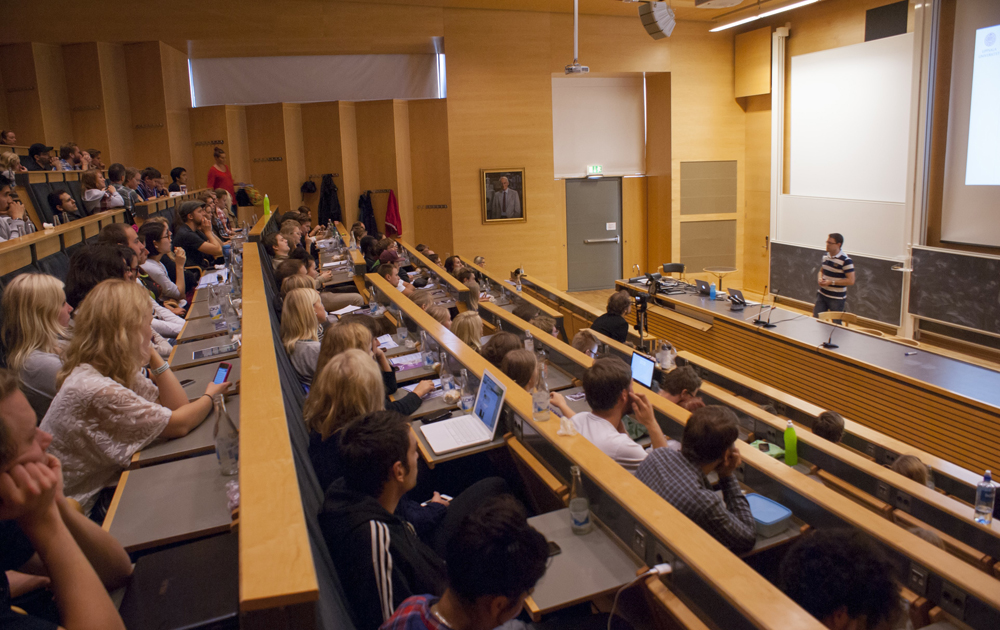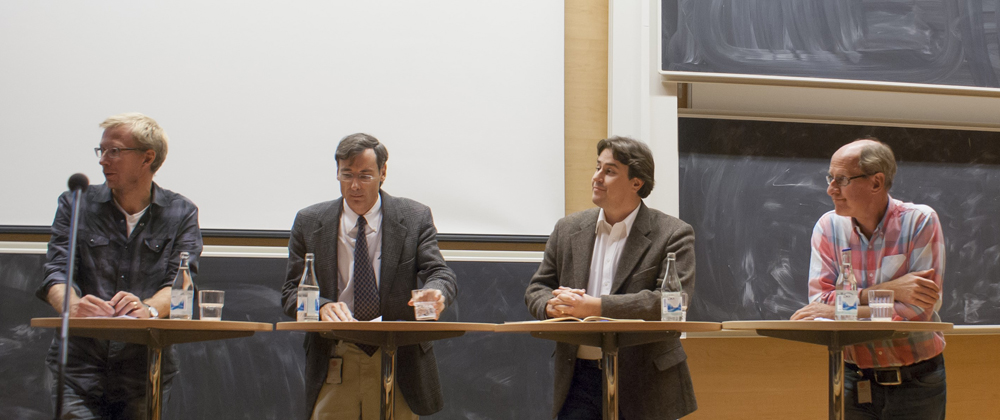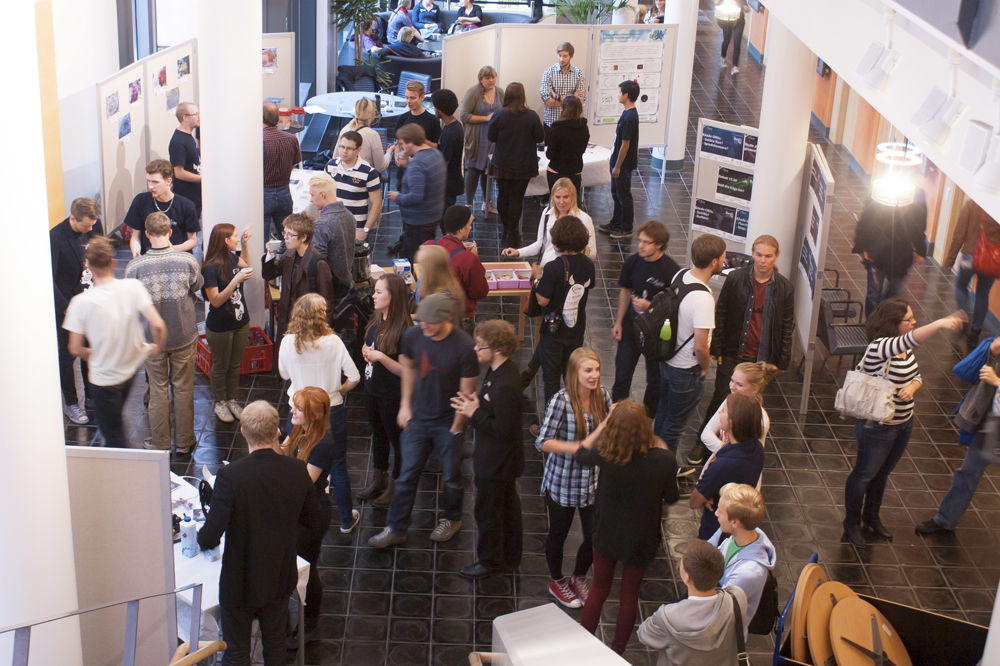Team:Uppsala/synbioday
From 2013.igem.org
| Line 146: | Line 146: | ||
<h1>Bioart</h1> | <h1>Bioart</h1> | ||
<p>iGEM Uppsala have made some essential contributions to the registry by providing a range of chromoproteins that produce strikingly colourful cell colonies. While a lot of work in synthetic biology is quite abstract these chromoproteins provides an opportunity to visually present the technology to the public. We used our chromoproteins to “paint” several pictures that we presented to the participants. To find all the parts you need to create your own Bioart, please visit our <a href="https://2013.igem.org/Team:Uppsala/chromoproteins"> chromoprotein page </a> and check out the iGEM Uppsala chromoprotein collection. </p> | <p>iGEM Uppsala have made some essential contributions to the registry by providing a range of chromoproteins that produce strikingly colourful cell colonies. While a lot of work in synthetic biology is quite abstract these chromoproteins provides an opportunity to visually present the technology to the public. We used our chromoproteins to “paint” several pictures that we presented to the participants. To find all the parts you need to create your own Bioart, please visit our <a href="https://2013.igem.org/Team:Uppsala/chromoproteins"> chromoprotein page </a> and check out the iGEM Uppsala chromoprotein collection. </p> | ||
| - | + | <br> | |
<div><img class="synbioday-pic" src="https://static.igem.org/mediawiki/2013/1/12/Uppsala2013_Synbio6.jpg"></div> | <div><img class="synbioday-pic" src="https://static.igem.org/mediawiki/2013/1/12/Uppsala2013_Synbio6.jpg"></div> | ||
Revision as of 15:08, 3 October 2013
Uppsala SynBioDay
Perhaps the most important human practice addition to this years project was our arranging of Uppsala SynBioDay. We wanted to create a single event where all interest groups could be gathered including students, academia, private and public sector. The day comprised of lectures, iGEM project presentations, a bioethics debate and exhibitions. The main theme of the day was synthetic biology and genetically modified food. The reason for this was to create another opportunity to address issues related to our project of genetically modified probiotics and food production. The day was a great success and attracted over 200 participants and will be turned into an annual event.

Lectures and presentations
The schedule for the day included lectures about basic synthetic biology, more advanced research in synthetic biology and about probiotics. The day also included two iGEM project presentations including our own and iGEM Linköping

Bioethics debate
The day was concluded with a bioethics debate centred on the controversial theme of genetically modified food. The format included four main speakers consisting of three professors and a writer and journalist as well as a moderator. There was first a discussion between the main speakers followed by a long question and answer session where the audience participated

Exhibitions
To get additional opportunities to engage the participants of the day, several exhibitions were held outside the lecture hall. This comprised a lot of educational and engaging information about synthetic biology. Both Uppsala and Linköping also took this opportunity to present their project posters. We arranged a Bioart exhibition and a bioethics corner where people could discuss and suggest bioethical questions for the bioethics debate.



Bioart
iGEM Uppsala have made some essential contributions to the registry by providing a range of chromoproteins that produce strikingly colourful cell colonies. While a lot of work in synthetic biology is quite abstract these chromoproteins provides an opportunity to visually present the technology to the public. We used our chromoproteins to “paint” several pictures that we presented to the participants. To find all the parts you need to create your own Bioart, please visit our chromoprotein page and check out the iGEM Uppsala chromoprotein collection.


 "
"









